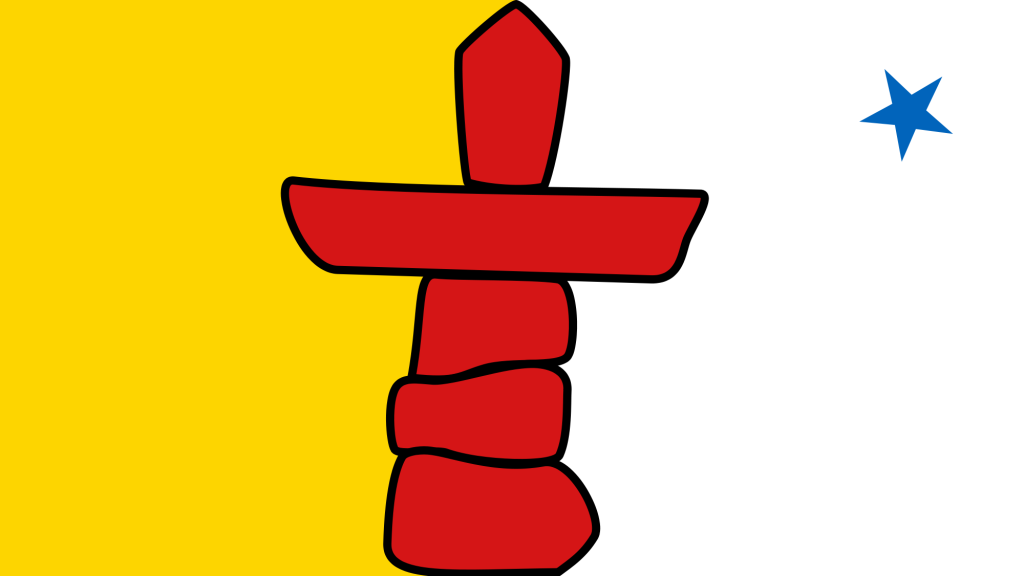Talking to Stones- Inukshuks Speak
The Inuit meaning of inukshuk is “in the likeness of a human”. Used as a communication beacon in traditional times, these unworked stones compiled in rough human form signaled to others that someone had been there or that followers were on the right path. These landmarks also were built to mark a place of respect or as memorials for loved ones. Churchill has some impressive inukshuks around the area that travelers gravitate to and often photograph in daytime or with dynamic northern lights in the sky over the Hudson Bay.

Northern lights over the Hudson Bay behind the Inukshuk in Churchill. Sean Beckett photo.
Hunters utilize them by marking migration paths or near water where fish are plentiful. Sometimes in these cases, inuksuit are arranged in sequences over short or long distances to better signify the trail. Spiritual meanings have also been associated with these stone sculptures by Inuit peoples. These rock forms are of the oldest and most iconic objects bonding the Arctic with the Inuit people and culture of the north. Inuit tradition does not allow the destruction of inuksuit as they are often thought of as symbolizing ancestors that learned the ways of surviving on the land.
In a land of vast emptiness and barren landscape, a familiar inukshuk is a welcome sight to a traveler on a featureless and forbidding landscape.
An inukshuk can be small or large, a single rock, several rocks balanced on each other, round boulders or flat. Built from whatever stones are at hand, each one is unique. The arrangement of stones indicates the purpose of the marker. The directions of arms or legs could indicate the direction of an open channel for navigation, or a valley for passage through the mountains. An inukshuk without arms, or with antlers affixed to it, would act as a marker for a cache of food.

The Inukshuk was the basis of the 2010 Winter Olympics logo designed by Vancouver artist Elena Rivera MacGregor. The form also is featured as the centerpiece of the colorful flag of Nunuvut, the homeland of the Inuit.

